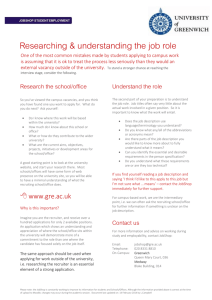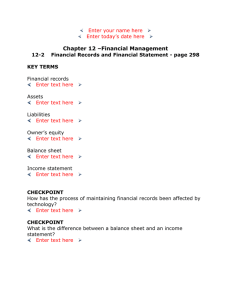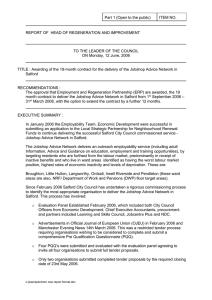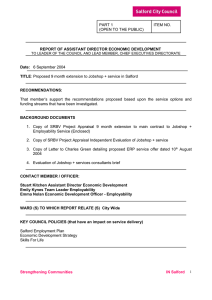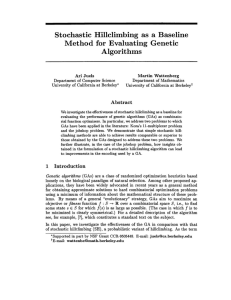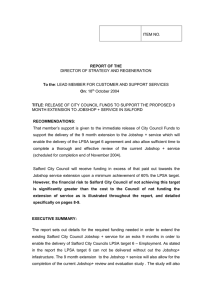Supporting-statements
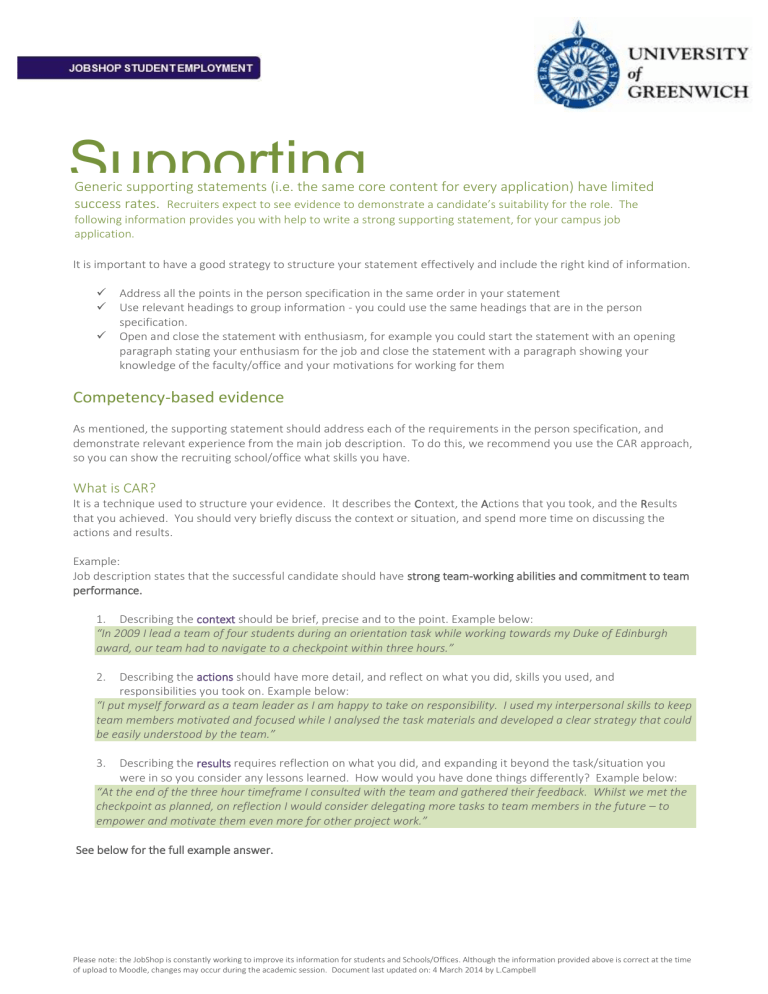
Supporting
Generic supporting statements (i.e. the same core content for every application) have limited success rates.
Recruiters expect to see evidence to demonstrate a candidate’s suitability for the role. The following information provides you with help to write a strong supporting statement, for your campus job application.
statements
Address all the points in the person specification in the same order in your statement
Use relevant headings to group information - you could use the same headings that are in the person specification.
Open and close the statement with enthusiasm, for example you could start the statement with an opening paragraph stating your enthusiasm for the job and close the statement with a paragraph showing your knowledge of the faculty/office and your motivations for working for them
Competency-based evidence
As mentioned, the supporting statement should address each of the requirements in the person specification, and demonstrate relevant experience from the main job description. To do this, we recommend you use the CAR approach, so you can show the recruiting school/office what skills you have.
What is CAR?
It is a technique used to structure your evidence. It describes the Context, the Actions that you took, and the Results that you achieved. You should very briefly discuss the context or situation, and spend more time on discussing the actions and results.
Example:
Job description states that the successful candidate should have strong team-working abilities and commitment to team performance.
1.
Describing the context should be brief, precise and to the point. Example below:
“In 2009 I lead a team of four students during an orientation task while working towards my Duke of Edinburgh award, our team had to navigate to a checkpoint within three hours.”
2.
Describing the actions should have more detail, and reflect on what you did, skills you used, and responsibilities you took on. Example below:
“I put myself forward as a team leader as I am happy to take on responsibility. I used my interpersonal skills to keep team members motivated and focused while I analysed the task materials and developed a clear strategy that could be easily understood by the team.”
3.
Describing the results requires reflection on what you did, and expanding it beyond the task/situation you were in so you consider any lessons learned. How would you have done things differently? Example below:
“At the end of the three hour timeframe I consulted with the team and gathered their feedback. Whilst we met the checkpoint as planned, on reflection I would consider delegating more tasks to team members in the future – to empower and motivate them even more for other project work.”
See below for the full example answer.
Please note: the JobShop is constantly working to improve its information for students and Schools/Offices. Although the information provided above is correct at the time of upload to Moodle, changes may occur during the academic session. Document last updated on: 4 March 2014 by L.Campbell
When you piece it altogether, the candidate’s overall example of effective team working in the supporting statement would read like this:
“In 2009 I lead a team of four students during an orientation task while working towards my Duke of Edinburgh award, our team had to navigate to a checkpoint within three hours. I put myself forward as a team leader as I am happy to take on responsibility. I used my interpersonal skills to keep team members motivated and focused while I analysed the task materials and developed a clear strategy that could be easily understood by the team. At the end of the three hour timeframe I consulted with the team and gathered their feedback. Whilst we met the checkpoint as planned, on reflection I would consider delegating more tasks to team members in the future – to empower and motivate them even more for other project work.”
Your Final Checklist Structuring your supporting statement
The following is a suggested way of structuring your supporting statement, so you include all of the key information:
Brief introduction/confirmation of the job role you are applying for
Where did you see the role advertised, what is the job title and reference?
Details of any relevant experience
Describe any relevant experience you have against the job description
Evidence (CAR examples as described earlier) to demonstrate required skills
Highlight detailed examples from work, study, personal, volunteering experiences
Existing or researched knowledge of faculty/office
Demonstrate what you know about the area of the university where the work is
Overall reason for applying
What can you offer that is unique? Is the role relevant to your programme of study? How?
Availability for interview
Are there any no-go dates, or preferred times?
Before your upload and submit your application, go through the following and make sure you have a tick in each box to indicate ‘YES’:
Are you eligible to work on campus?
Are you sure you’re available for the role?
Do you understand what the job involves?
Have you stated the correct LTV job reference?
Have you stated the correct job title?
Have you entered information in every field, or typed ‘Not Applicable’ if it doesn’t apply to you?
Have you avoided using UPPER CASE?
Have you proof-read for spelling, grammar?
Is your supporting statement specific enough?
Have you provided sufficient evidence?
Have you demonstrated enthusiasm?
Have you received feedback from the JobShop?
Is your application saved by
‘SURNAME_FIRSTNAME_JOBREF_JOBTITLE’?
Have you submitted your application by the closing date?
More information contact the JobShop at jobshop@gre.ac.uk or telephone 020 8331 9912/7977/8975
Please note: the JobShop is constantly working to improve its information for students and Schools/Offices. Although the information provided above is correct at the time of upload to Moodle, changes may occur during the academic session. Document last updated on: 4 March 2014 by L.Campbell
